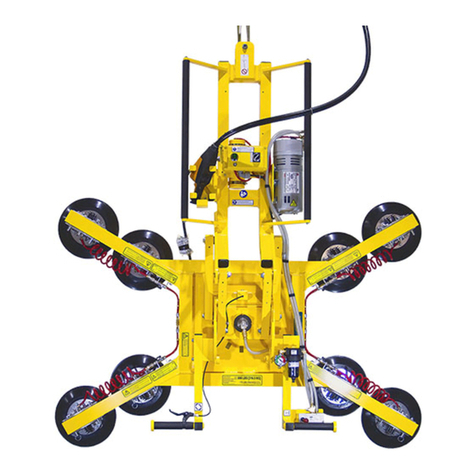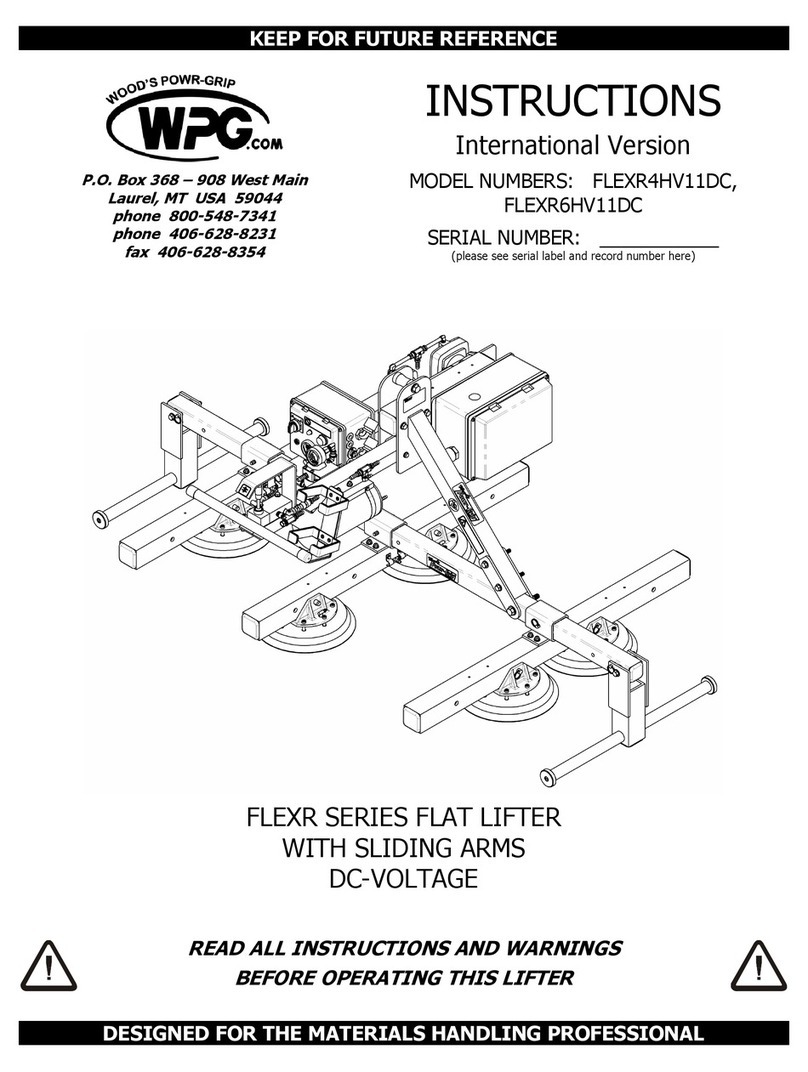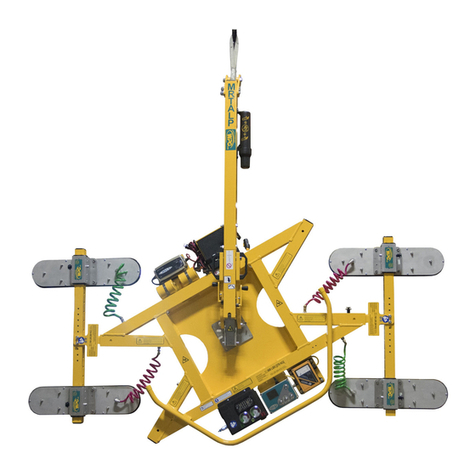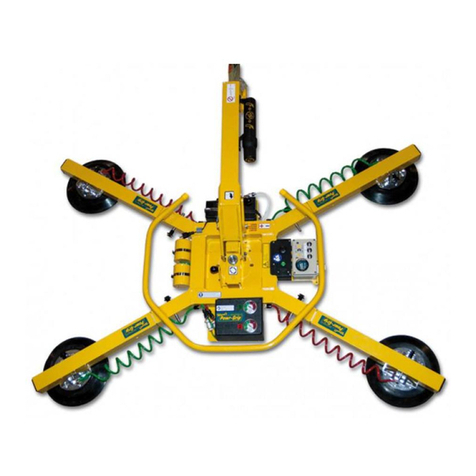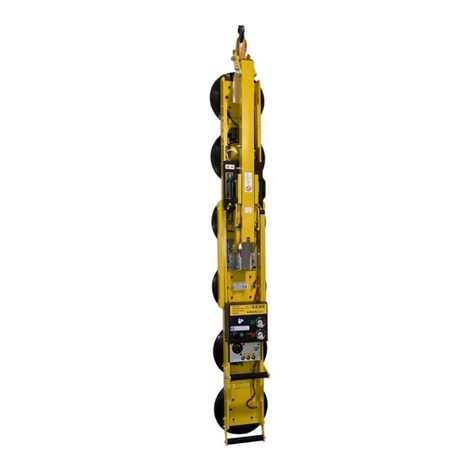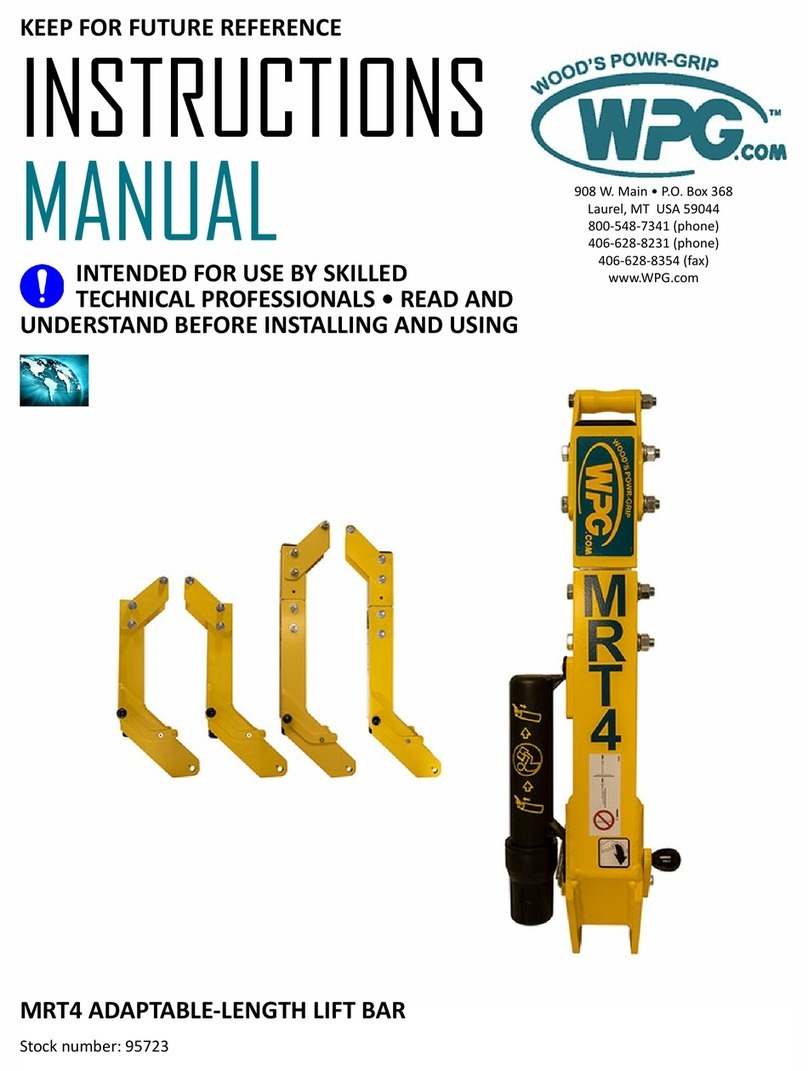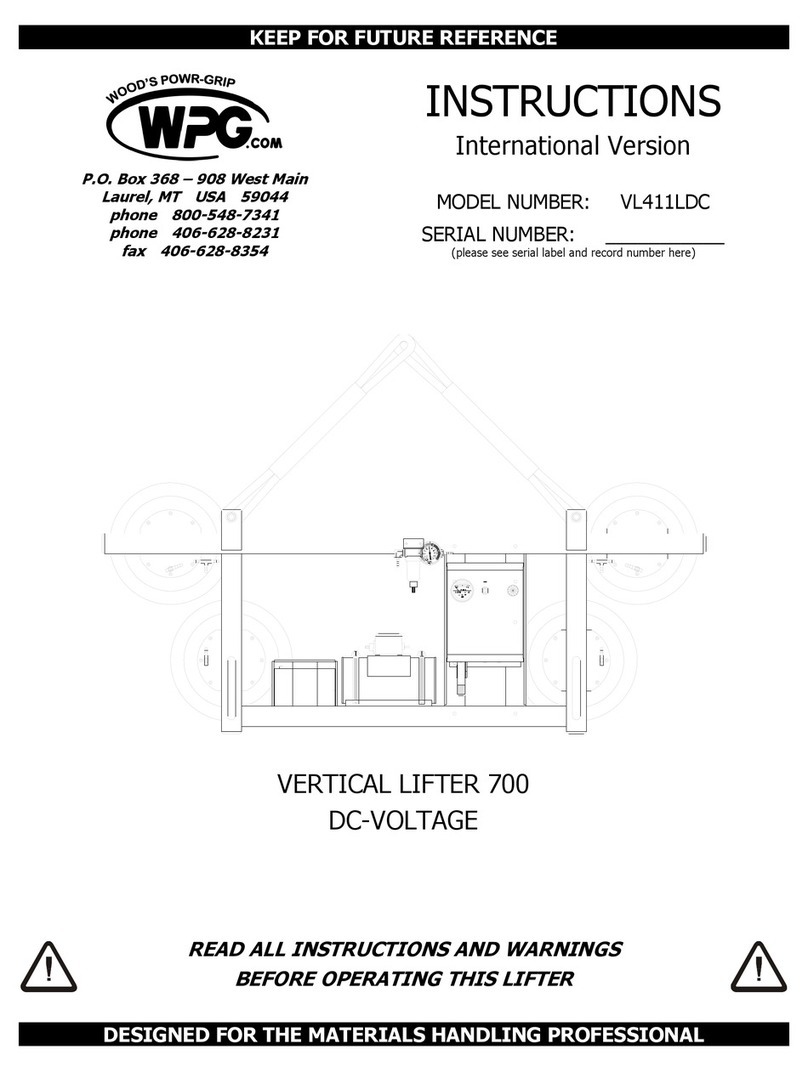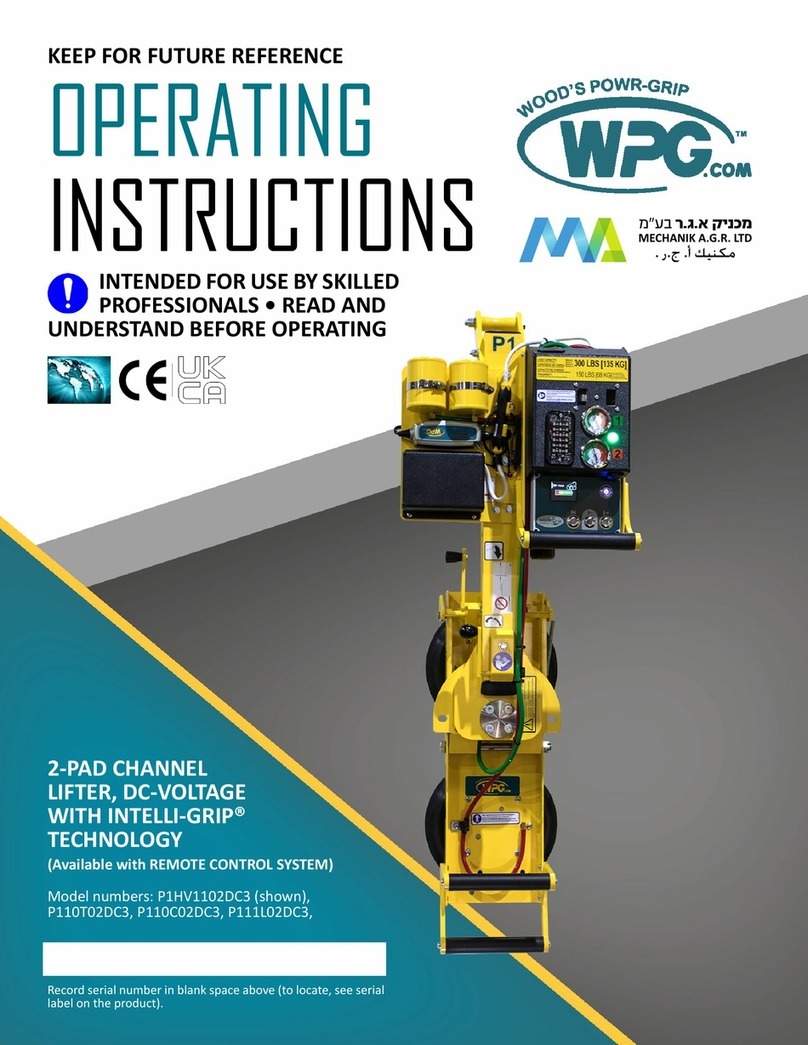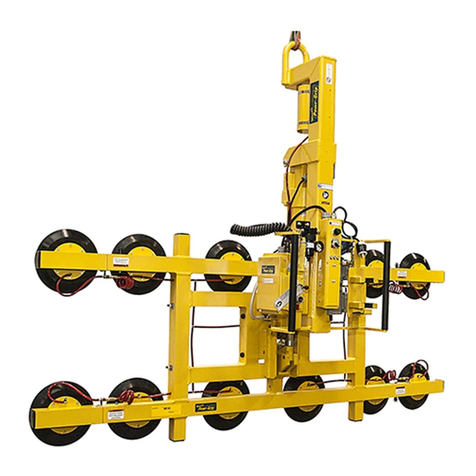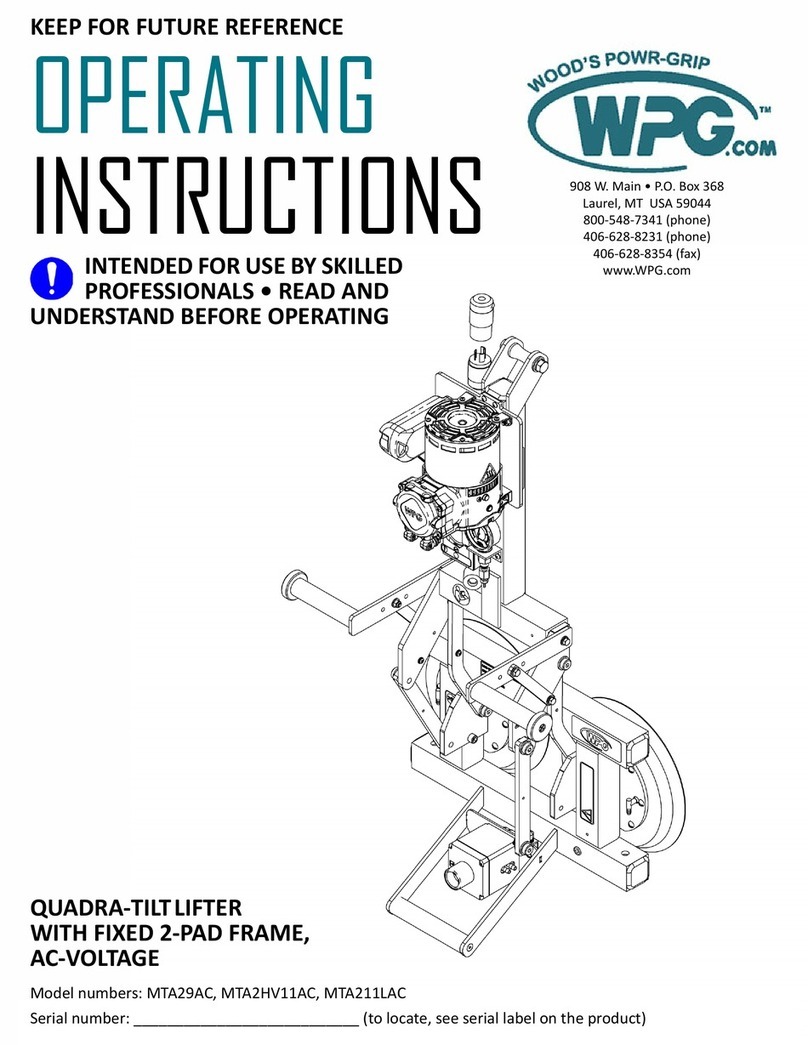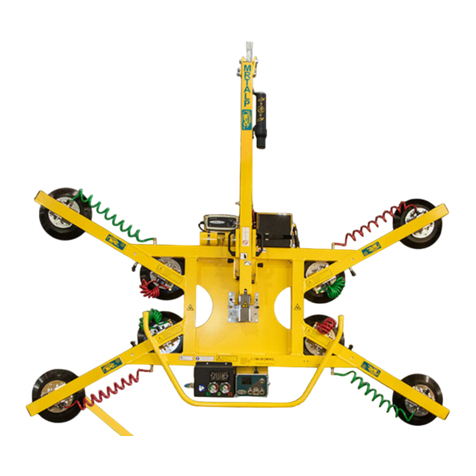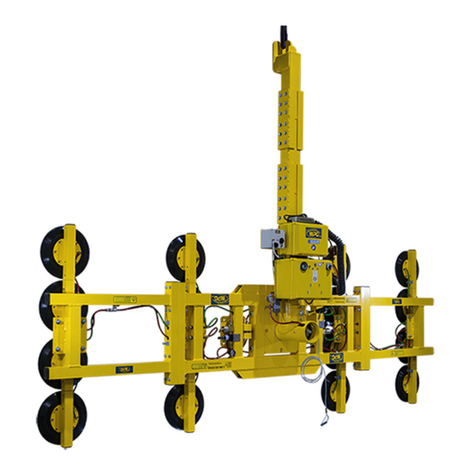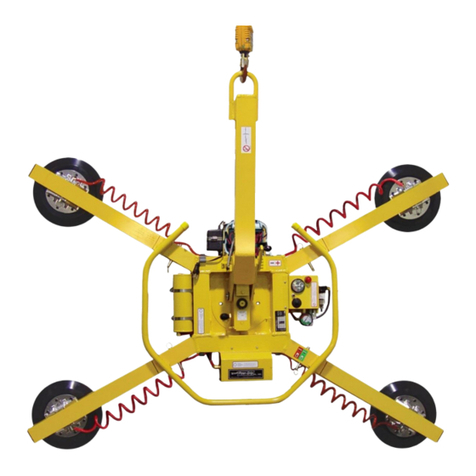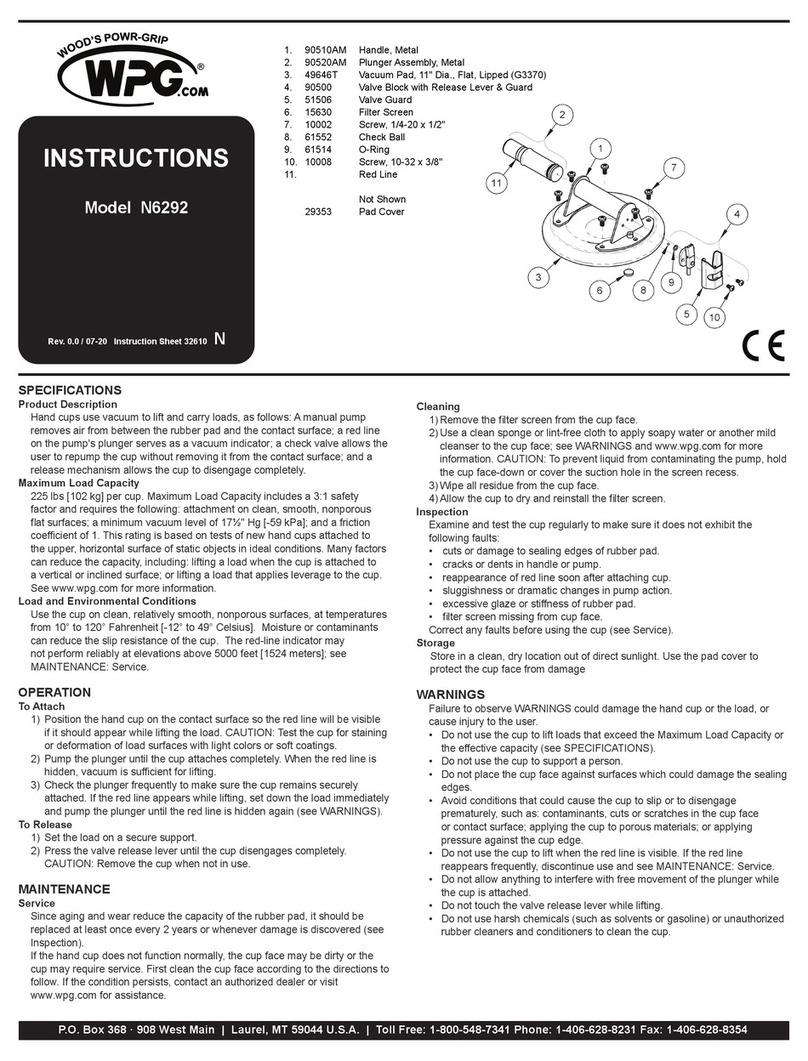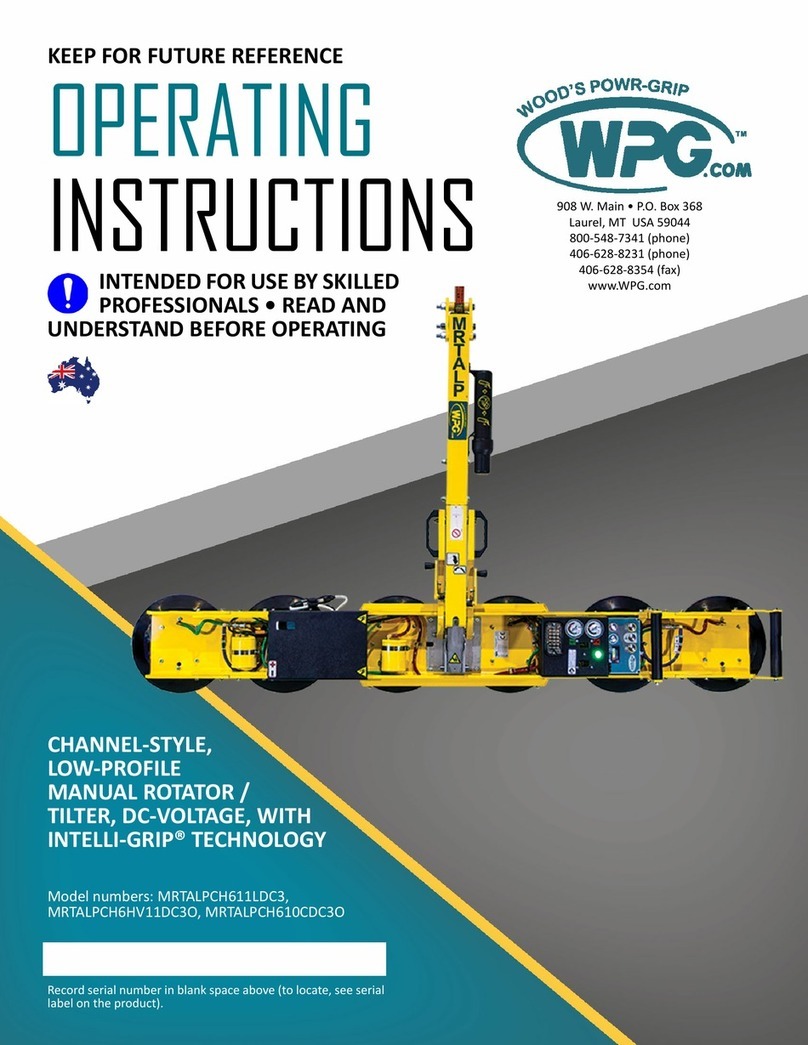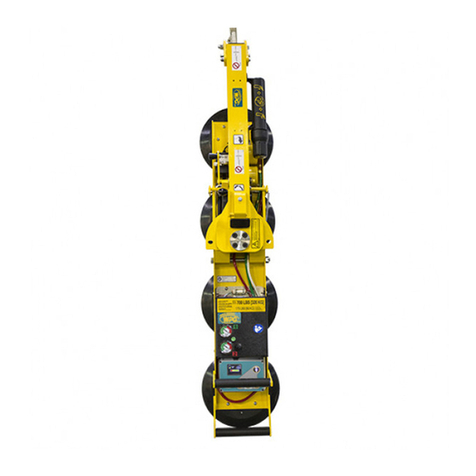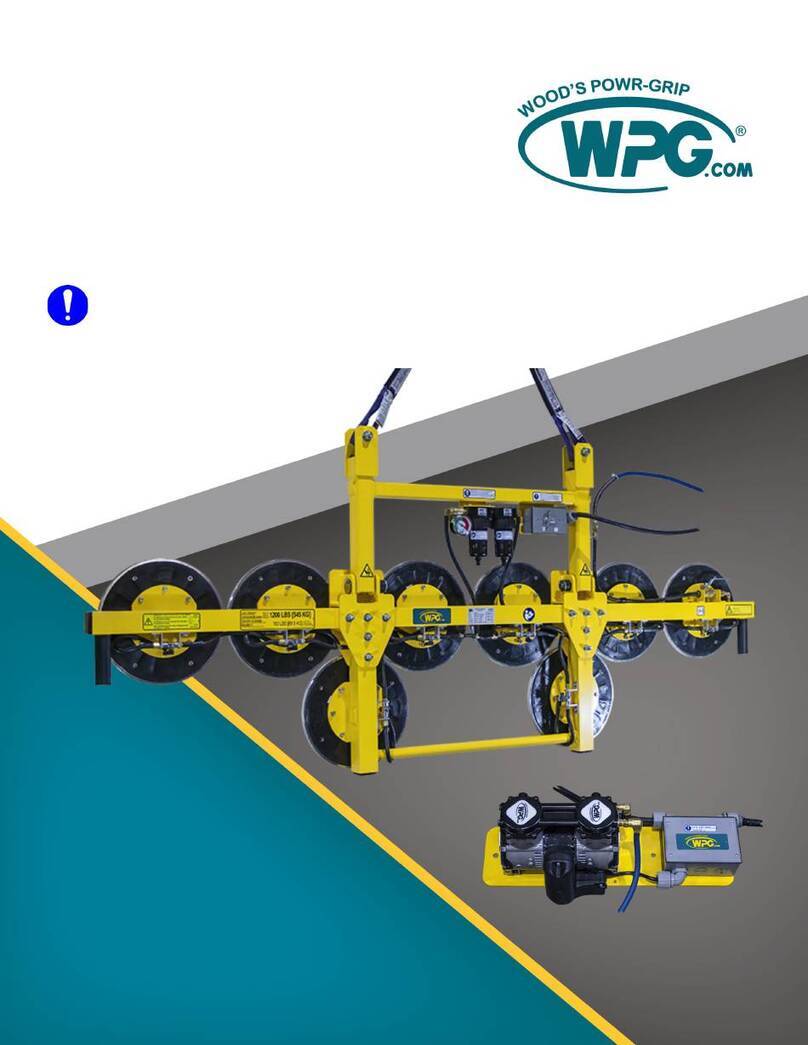
Rev 13.0/4-18 1 FLEX-HV11DC: #35034
TABLE OF CONTENTS
SPECIFICATIONS............................................................................................................ 3
WARNINGS ..................................................................................................................... 4
OPERATING FEATURES................................................................................................... 5
ASSEMBLY....................................................................................................................... 6
INTENDED USE ............................................................................................................... 7
LOAD CHARACTERISTICS ............................................................................................................. 7
OPERATING ENVIRONMENT .........................................................................................................8
DISPOSAL OF THE LIFTER ............................................................................................................ 8
OPERATION .................................................................................................................... 9
BEFORE USING THE LIFTER.......................................................................................................... 9
Taking Safety Precautions ............................................................................................................................9
Performing Inspections and Tests .................................................................................................................9
TO CHANGE PAD POSITIONS...................................................................................................... 10
TO APPLY THE PADS TO A LOAD..................................................................................................10
Powering up the Lifter................................................................................................................................10
Positioning the Lifter on the Load ...............................................................................................................11
Sealing the Pads against the Load...............................................................................................................11
Reading the Vacuum Gauge .......................................................................................................................11
Vacuum Level on Optimal Surfaces .............................................................................................................12
Vacuum Level on Other Surfaces ................................................................................................................12
TO LIFT AND MOVE THE LOAD ....................................................................................................12
Load Capacity and the Warning Light ..........................................................................................................12
Monitoring Vacuum Indicators ....................................................................................................................13
Controlling the Lifter and Load....................................................................................................................13
In Case of Power Failure ............................................................................................................................13
TO RELEASE THE PADS FROM THE LOAD .......................................................................................14
About Energy Conservation Mode ...............................................................................................................14
AFTER USING THE LIFTER.......................................................................................................... 14
Storing the Lifter........................................................................................................................................14
MAINTENANCE.............................................................................................................. 15
INSPECTION SCHEDULE.............................................................................................................15
Every-Lift Inspection ..................................................................................................................................15
Frequent Inspection ...................................................................................................................................15
Periodic Inspection ....................................................................................................................................15
Infrequent Use ..........................................................................................................................................16
TESTING SCHEDULE..................................................................................................................16
Operational Tests.......................................................................................................................................16
Load Test ..................................................................................................................................................16
MAINTENANCE SCHEDULE .........................................................................................................17
BATTERY TEST......................................................................................................................... 17
